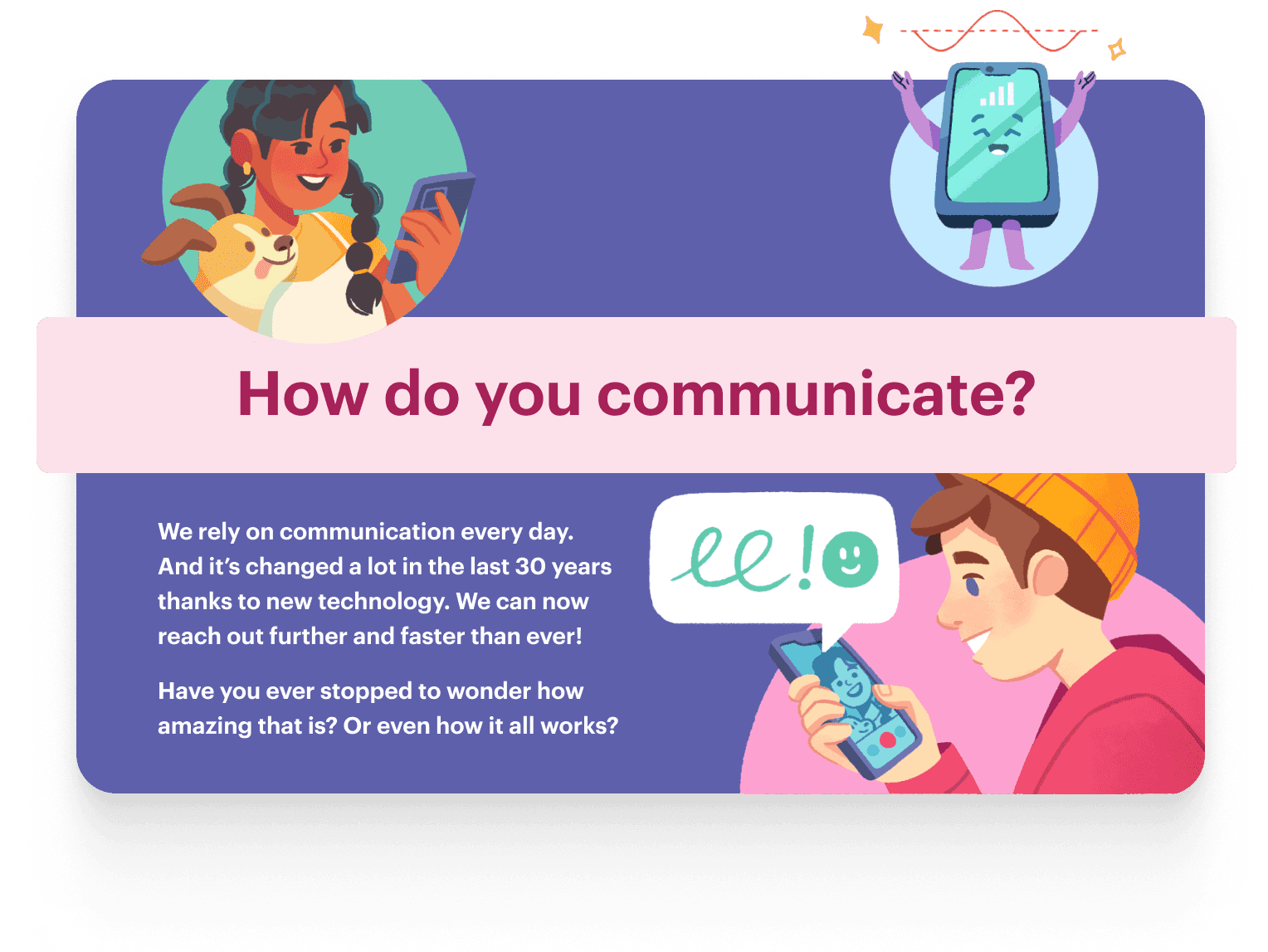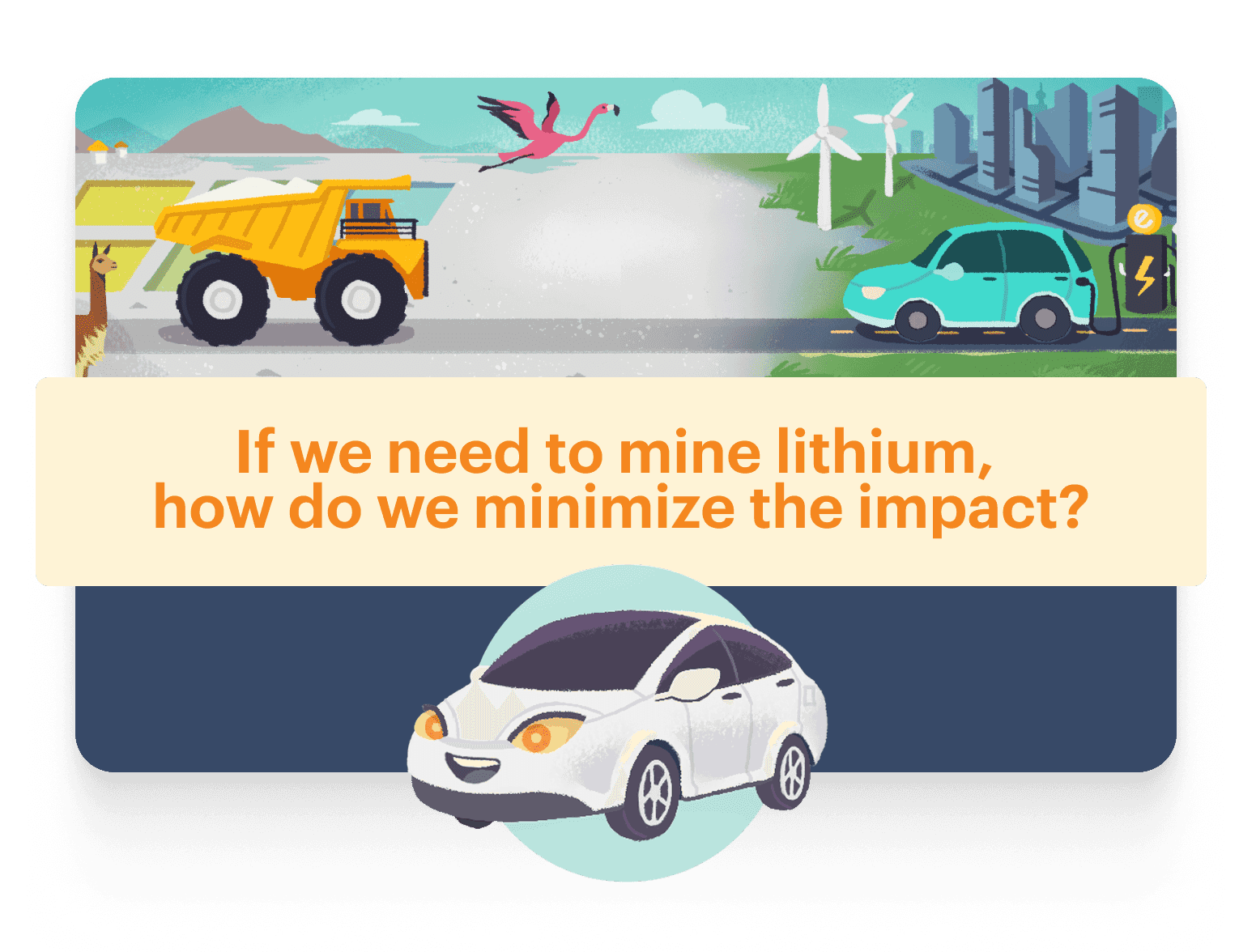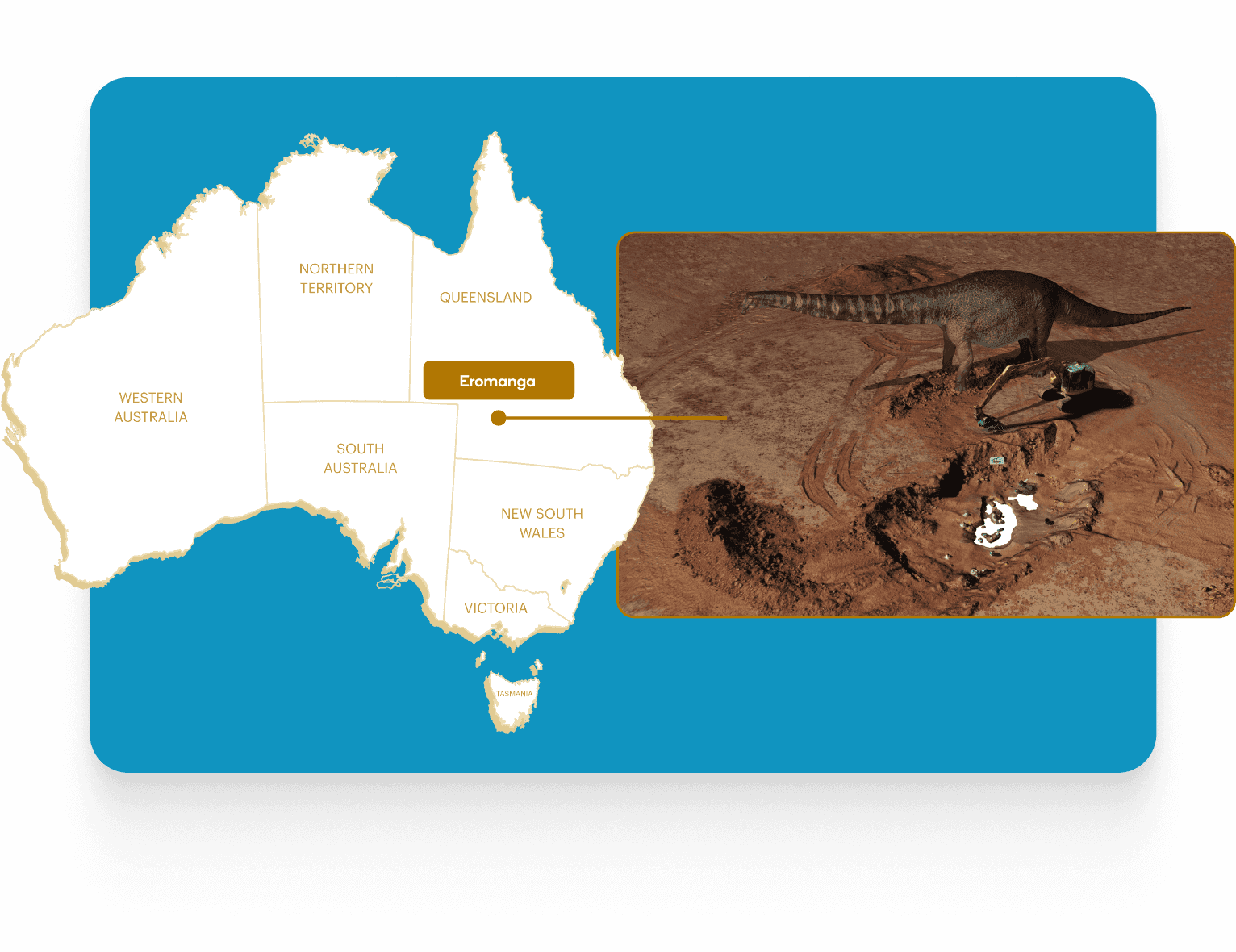Phenomena-based learning
Students explore a real-world phenomenon and are motivated to build the disciplinary knowledge to understand it. Curiosity, not the textbook table of contents, drives the learning sequence and keeps content tightly connected to authentic contexts.
Initially developed by
Finnish educational psychologist Prof. Maijaliisa Rauste-von Wright in the mid-1990s.
Effectiveness
A middle‑school randomized control trial showed a large gain in metacognitive awareness—being consciously aware of how you learn and deliberately using that knowledge to adjust your learning in the moment—compared with traditional lessons (Cohen’s d = 2.06; Akkaş & Eker, 2021).
Further reading
Where you'll find it in Stile
Every Stile unit is centered around an intriguing phenomenon or engineering problem, intentionally selected to motivate students’ curiosity. Upon their introduction to the anchoring phenomenon, students are driven to ask questions and seek answers that explain it.
Examples within Stile
How global communication works
The Waves unit is driven by the question: “How can someone on the other side of the world see and hear you?”
Shining a light on communication lesson
in the Waves unit
in the Waves unit

Minimizing the impact of mining lithium
The Elements and Compounds unit is driven by the question: “If we need to mine lithium, how do we minimize the impact?”
Should we keep mining lithium? lesson
in the Elements and Compounds – Lithium Edition unit
in the Elements and Compounds – Lithium Edition unit

What dinosaur skeletons can teach us
Students investigate a recently-discovered dinosaur skeleton to learn about fossil formation.
The fossil record lesson
in the Active Earth unit
in the Active Earth unit


